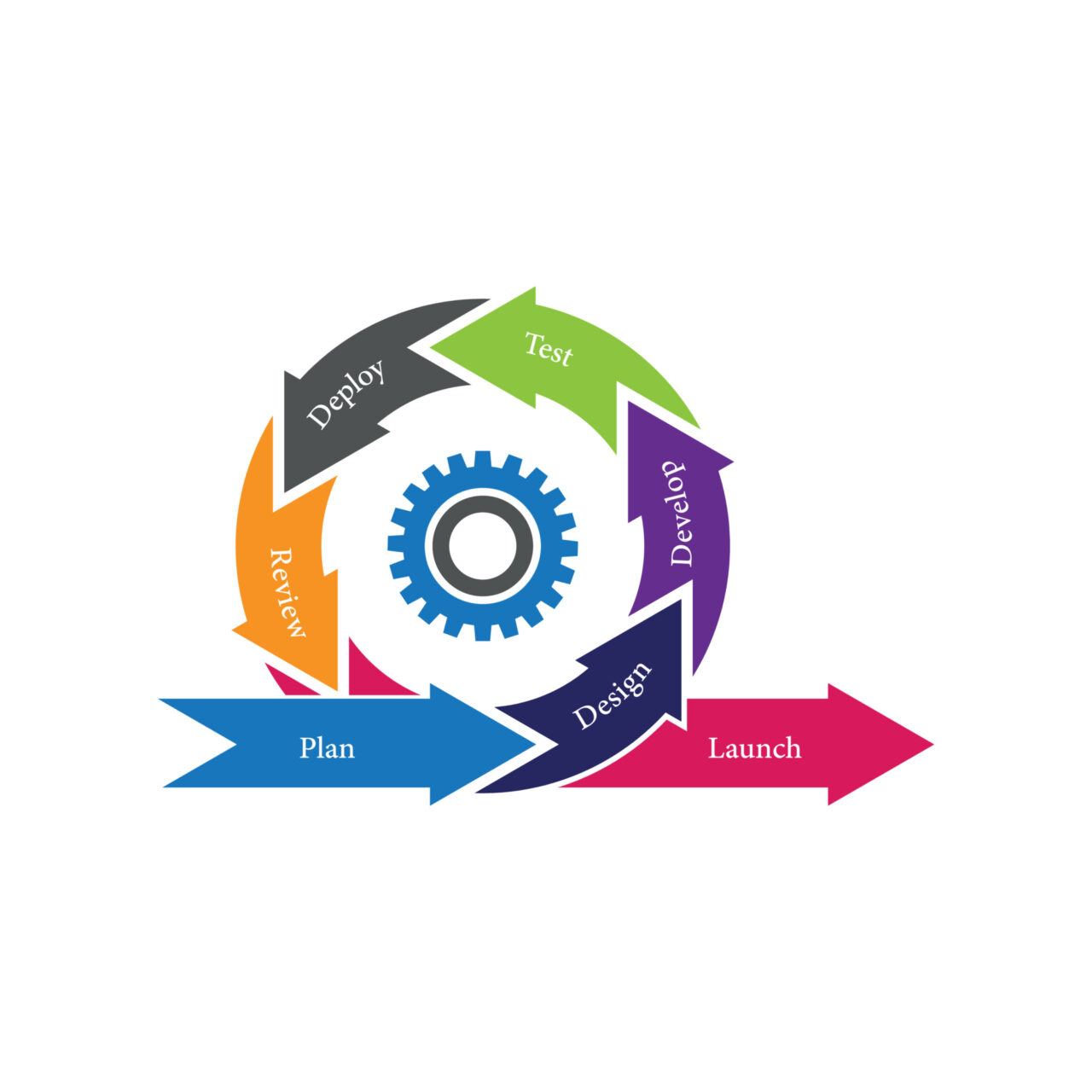
An effective Quality Management System (QMS) is crucial for organizations to ensure that their products and services meet or exceed customer expectations. The prime components of an effective QMS typically include:
Quality Policy and Objectives:
- A well-defined quality policy that outlines the organization’s commitment to quality.
- Clear and measurable quality objectives aligned with the overall business goals.
Documentation and Record Keeping:
- Documented procedures and processes that define how quality is managed.
- Maintaining records to demonstrate conformity to requirements and the effective operation of the QMS.
Risk Management:
- Identification and assessment of risks that could affect product or service quality.
- Implementation of strategies to mitigate or manage identified risks.
Customer Focus:
- Understanding and meeting customer requirements and expectations.
- Gathering feedback from customers and using it to drive continuous improvement.
Employee Training and Competence:
- Training programs to ensure that employees are adequately skilled for their roles.
- Regular assessments of employee competence and performance.
Process Approach:
- Defining, managing, and continually improving key processes that contribute to product or service quality.
- Monitoring and measuring process performance.
Continuous Improvement:
- Establishing a culture of continuous improvement through methodologies like Plan-Do-Check-Act (PDCA).
- Regularly reviewing and updating processes to enhance efficiency and effectiveness.
Monitoring and Measurement:
- Regular monitoring and measurement of key performance indicators related to quality.
- Using data to make informed decisions and identify areas for improvement.
Supplier Management:
- Establishing criteria for selecting and evaluating suppliers.
- Collaborating with suppliers to ensure the quality of incoming materials and components.
Corrective and Preventive Actions:
- Implementing mechanisms for identifying and addressing non-conformities.
- Taking corrective actions to prevent recurrence and proactive measures to prevent potential issues.
Management Review:
- Regular reviews by top management to assess the performance of the QMS.
- Making strategic decisions based on the outcomes of these reviews.
Communication:
- Effective communication both within the organization and with external parties regarding quality matters.
- Ensuring that relevant information is shared with the appropriate stakeholders.
Regulatory Compliance:
- Ensuring compliance with relevant laws, regulations, and industry standards.
- Staying informed about changes in regulations that may impact the QMS.
Customer Satisfaction:
- Monitoring and measuring customer satisfaction.
- Using feedback to make improvements and enhance customer experience.
Collectively, these components contribute to establishing and maintaining an effective quality management system, helping organizations deliver high-quality products and services consistently. The specific requirements and implementation may vary based on the industry and applicable standards, such as ISO 9001 for quality management.
Contact Us:
Contact GxP Cellators at info@gxpcellators.com for professional QMS integration support.
by admin
I am a seasoned GxP expert and the founder and CEO of GxP Cellators, a consulting firm that provides GxP advisory and auditing services to clients across the globe. My mission is to help clients achieve excellence in quality, compliance, and remediation, and to foster a robust quality culture in their organizations.
